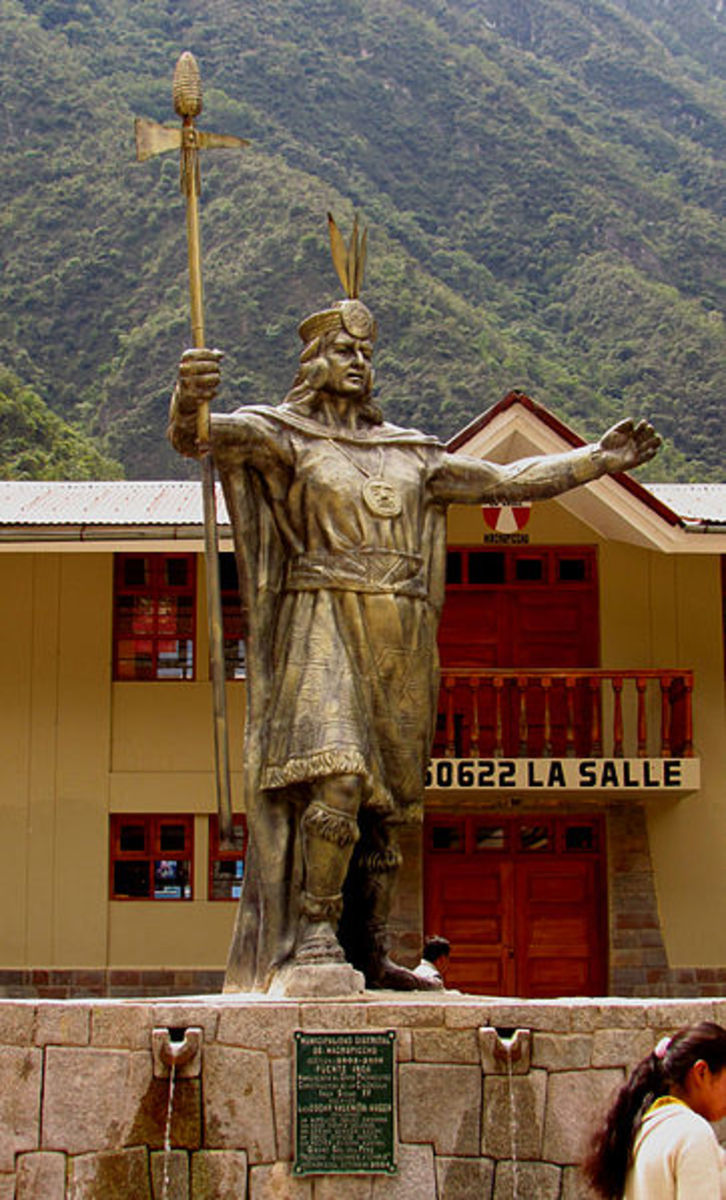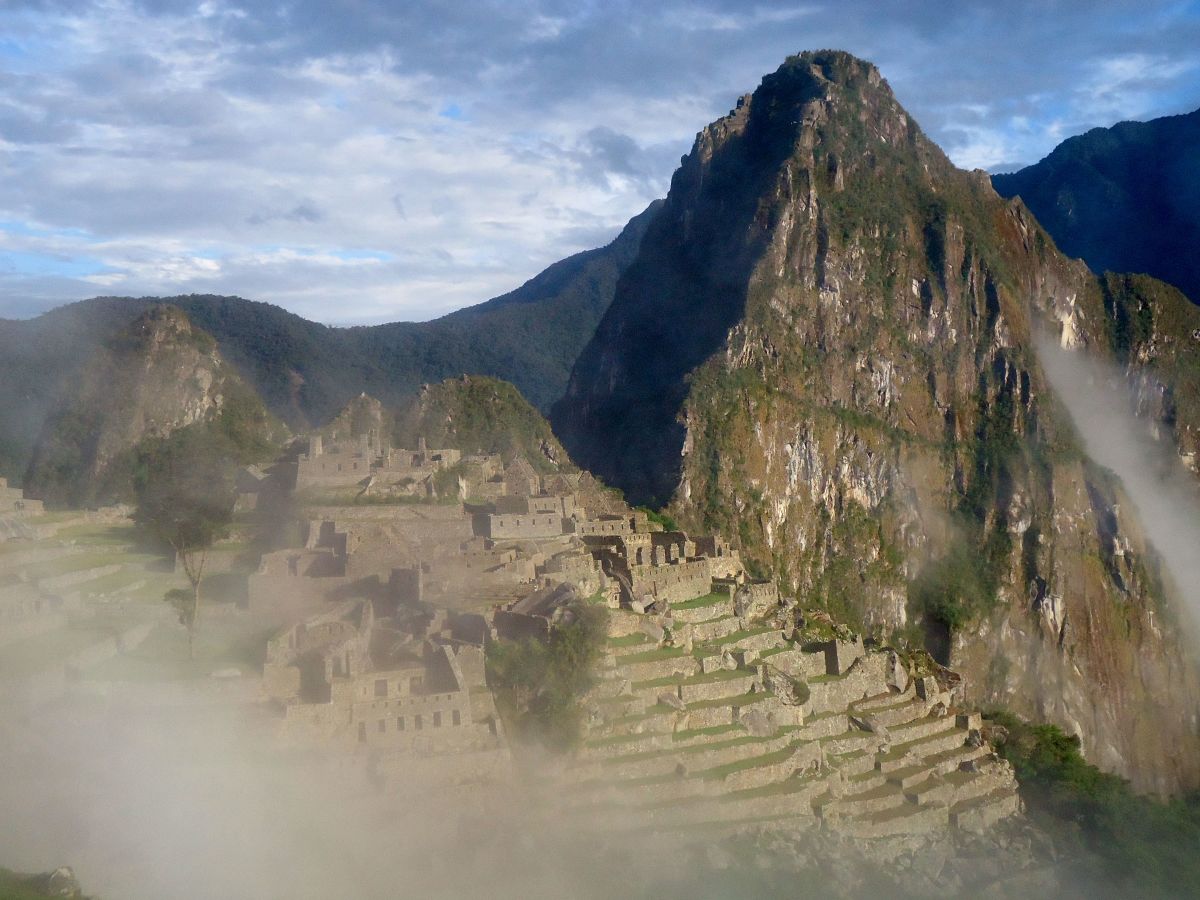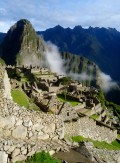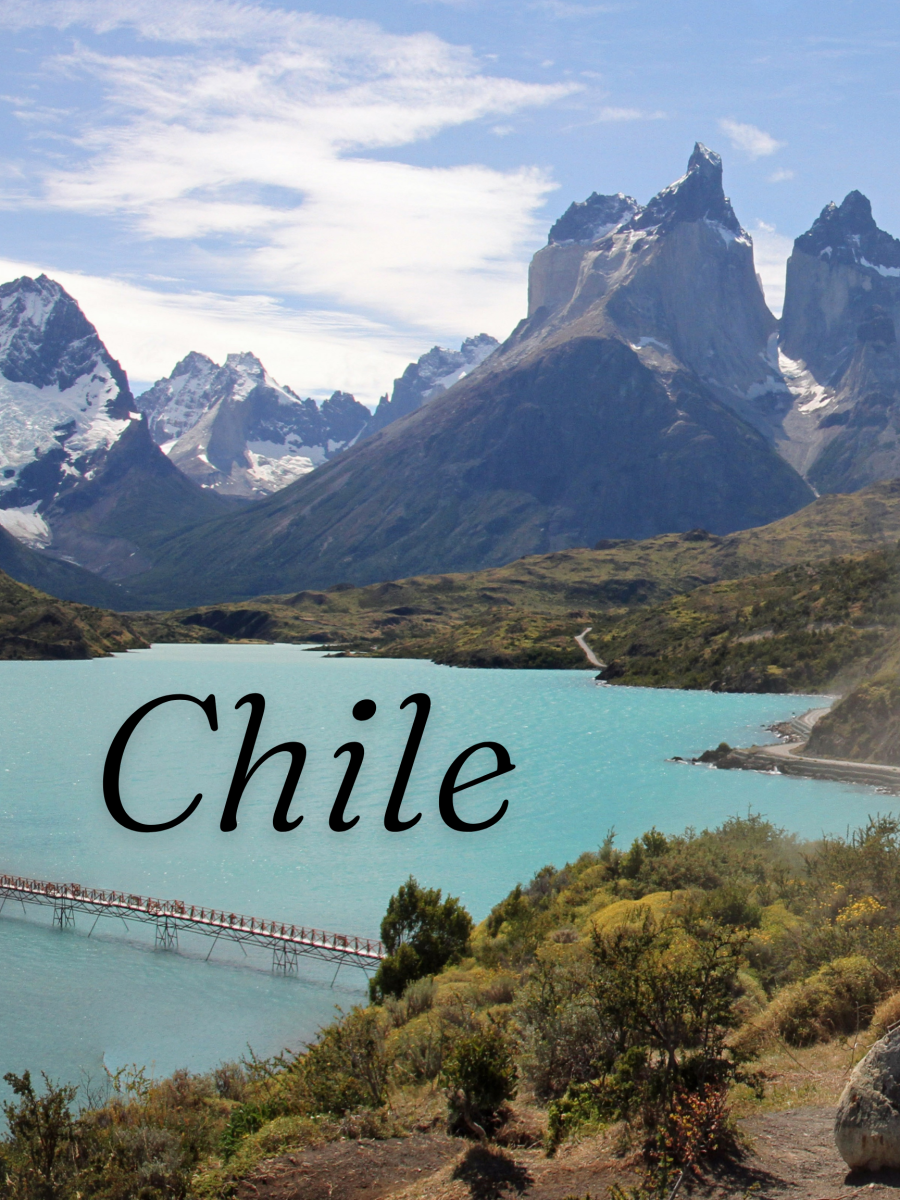Machu Picchu: Lost City of the Incas
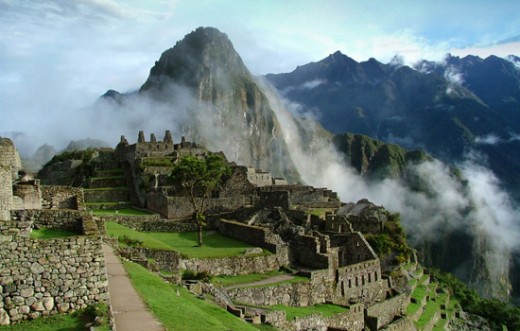
Perched high in the Peruvian Andes, the ruined Inca city of Machu Picchu is not only one of the best tourist attractions in South America, it is also one of the greatest archaeological sites in the world. Due to its lofty isolation, the city was unknown to the Spanish conquistadores, and so escaped the destruction they brought to other pre-Columbian native communities. The world did not know of its existence until 1911, when American historian and explorer Hiram Bingham “discovered” it – with the aid of local guides – while searching for the long-lost stronghold of Vilcabamba, where the Incas made their last stand against the Spanish. At first, Bingham thought he had actually found Vilcabamba, but that ruin was not discovered until the 1960s, and in the rainforest. Mistaken or not, Bingham knew that he had stumbled upon an archaeological prize. He had many of Machu Picchu’s treasures transported (some would say “stolen”) to Yale, where they are on display in the Peabody Museum. The Peruvian government is still negotiating to have the artifacts returned, but the museum isn’t likely to give them up soon.
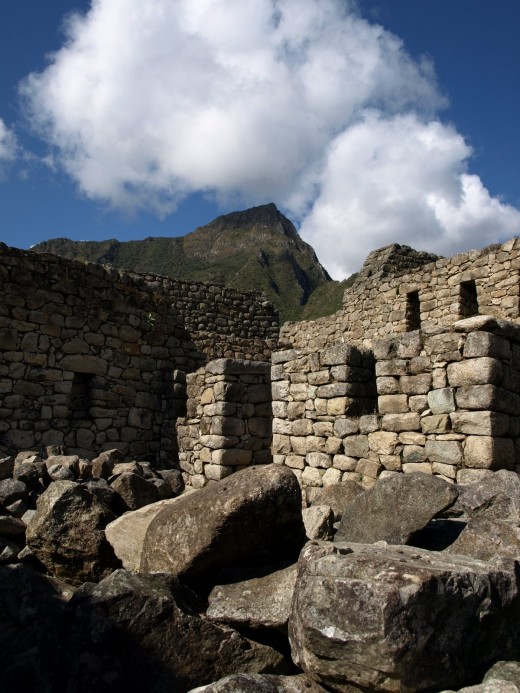
Machu Picchu is a tribute to Inca engineering. It sits on an elegantly terraced saddle between two prominent peaks. Mindful of the frequent ground tremors, the Incas provided stabilization, at least temporarily, by using some of the geological faults as drainage channels. The buildings and walls are made of stones, using an elaborate multi-angled technique that fits them together to make up a giant jig-saw puzzle. The structures of Machu Picchu proved to be remarkably resistant to the ravages of tremors, landslides and time. Parts that have fallen down are being carefully restored.
No one knows exactly when Machu Picchu was built or what its purpose was. The fact that it was a small city of about 200 homes and 1,000 residents living on the produce of agricultural terraces indicates that it was not a military post. It might have been a mountain transit station for the coca and hearts-of-palm trade. It might even have been the country estate of an Inca ruler named Pachacuti. If so, then Machu Picchu was a thriving community in the mid-15th century. One romantic story that has been discredited by historians is the myth that Machu Picchu was a sanctuary for Inca women, to protect them from the marauding Spanish. Human remains excavated there have shown that the population was equally balanced between male and female.
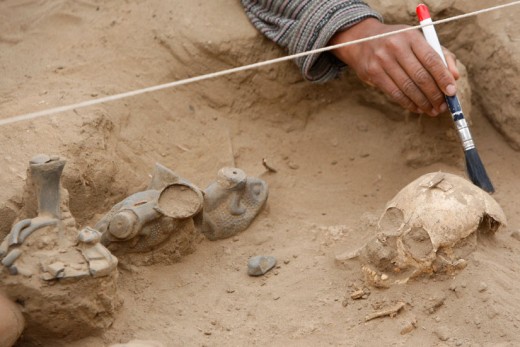
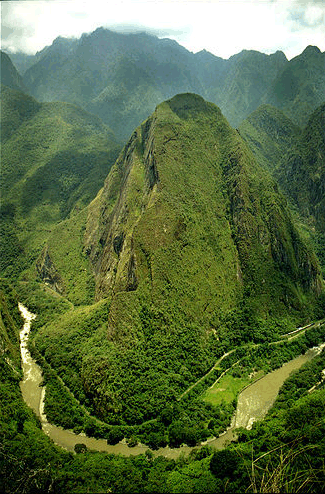
Why Machu Picchu was suddenly abandoned is as much an enigma as its founding and its purpose. Some archaeologists think that geological action cut off the water supply. Others believe that European diseases were responsible. It has also been suggested that when Pachacuti died, his estate, like a modern day ‘white elephant’, was no longer needed.
Whatever the unrecorded story of Machu Picchu might have been, today it is a mystical city and an iconic symbol of Peru. It has a backdrop of steep, forested, sugarloaf peaks that provide an atmosphere altogether different from the Alps, Rockies or Himalayas. Far below is the Urubamba River, very much as the Incas knew it.
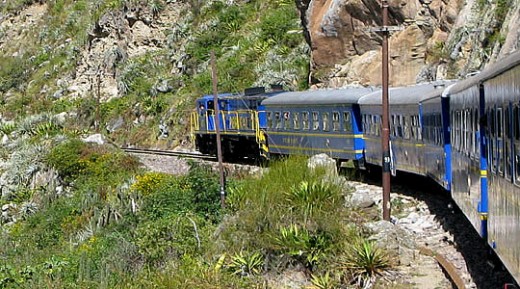
If you arrive at Machu Picchu the easy way, by the morning train from Cusco, you will enter the city directly through the main gate at about 9:30. However, if you are among those adventurous, hardy souls who have taken the famous Inca Trail through the mountains, you will climb up from your previous night’s campsite before dawn in order to witness the magnificent sunrise. You will enter the ruins on a path leading past the Guardhouse. But then you must exit the park and go around to the main entrance to have your ticket stamped. From there you make your way up through the agricultural terraces to the main part of the town.
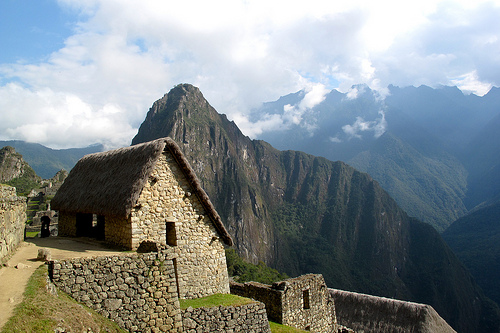
It’s a good idea to purchase booklets and maps at the entrance, because there are almost no signs to explain what you’re looking at. The English names given to the various structures are all from Bingham’s imagination, and most are probably inaccurate. The site’s only restrooms are outside the main entrance. When you’re exploring the ruins, stick to the routes shown on your map. Watchful guards are quick to blow their whistles and warn visitors away from restricted areas. You also have the option of hiring a tour guide.
After you have passed the Guardhouse and the terraces the Incas built to grow food (probably corn) and minimize erosion, you will come to the House of the Terrace Caretaker and the Funeral Rock. The views from here are fantastic. It is believed that the bodies of Inca nobles lay in state here, and were prepared for mummification.
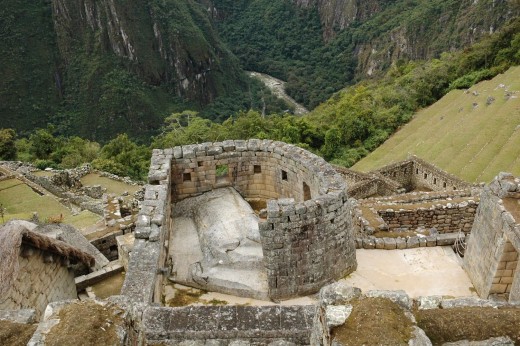
The temple of the Sun, also called the Torreon, is a marvel of Inca mortarless stone construction. It is a walled, semi-circular, tower-like structure. On June 22, which is the winter solstice in the southern hemisphere, sunlight shines through a small, trapezoid-shaped window and onto the centre of a large, flat stone that is believed to be an Inca calendar. Inca astronomers looking out that window would see the constellation Pleiades, which was revered as a symbol of crop fertility. Below the temple is a small cave called the Royal Tomb, though there is no evidence that it was ever used for burials.
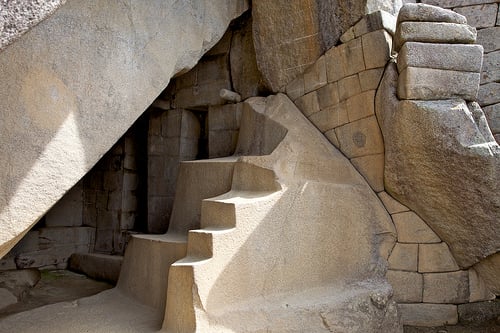
Perhaps the most enthralling section of the ruins is the Three Windowed Temple. It is part of the complex based around the Sacred Plaza, and it is the plaza’s most dominant structure. Its unusually large windows look east, toward the mountains beyond the Urubamba River valley. From here a short walk takes you to the Principal Temple, so named because of the extraordinarily fine stonework of the three high main walls.
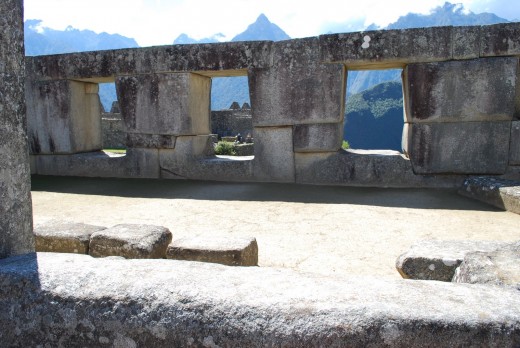
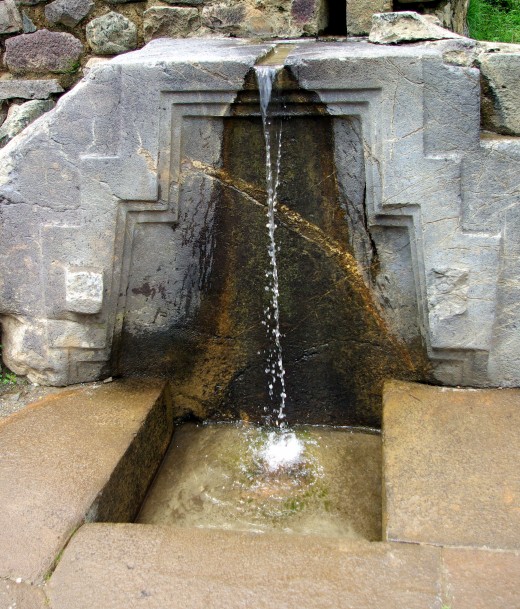
As you tour Mach Picchu, you will find yourself drawn more and more into the world of the Incas. Water was central to their religion, and there are sixteen fountains in the ruins. The Sacristy is a secondary temple where priests may have prepared themselves for ceremonies. The Temple of the Moon is somewhat off the site’s beaten track, and you’ll probably need a guide to take you to it. The quality of the stone work suggests that it was of great importance to the Incas. A short walk from the Sacred Plaza is the Intihuatana, known as “the hitching post of the sun.” This stone column is one of the most important structures in Machu Picchu. In the golden age of the Inca Empire, almost every community had one just like it. The exact purpose of the column is not known for certain, but it was likely connected to the astro-agricultural calendar. It is one of the few such columns in Peru that the Spanish didn’t destroy. Unfortunately, in 2001 its top was knocked off during the filming of a beer commercial. Console yourself with a visit to the Temple of the Condors, whose shape resembles that of the Inca symbol for heaven.
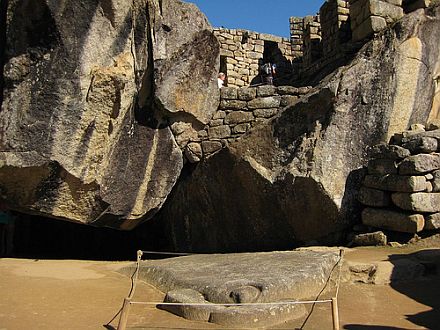
Other hubs on Machu Picchu:
- Quick Guide to Machu Picchu
The Lost Inca City has been on the well trodden backpacker trail for the past 20 years and appeared on most must see lists the world over, but in January 2010 a huge mudslide closed the site, putting this iconic destination on hold to visitors. After - Machu Picchu and Hiking the Inca Trail
One thing that immediately springs to mind the first time you see Machu Picchu is that the Incas definitely built this place on purpose. This was no accidental community, conveniently located for trade by a... - The Inca Trail to Machu Picchu
The Inca Trail of Peru is a 50-kilometer (31 mile) section of the old stone path that once linked Cusco to Machu Picchu. It has been hailed as one of the best outdoor excursions in the world. Although the... - Walking The Inca Trail: A Four Day Trek To Machu Pic...
Walking the Inca Trail is a unique experience that nobody should miss. In this Hub you will find: info about the hike, videos, tips, an account of the trek, and more! - 7 Wonders of the World-Machu Picchu-Peru
Acollection of 7 articles featuring pictures and history surrounding the 7 Wonders of the World.This article features Machu Picchu Ruins in Peru - Machu Picchu Peru
The Incas of Machu Picchu are an enigma. They were thought to have inhabited a beautiful city in the Andes mountains for about 100 years. Then they simply disappeared. Their city wasn't rediscovered until an...
This hub brought to you...
by Julie-Ann Amos, professional writer, and owner of international writing agency www.ExquisiteWriting.com
Why not create your own HubPages? It's fun and you can make revenue from Adsense and other revenue streams on your pages. JOIN HUBPAGES NOW
This work is licenced under the Creative Commons Attribution-Non-Commercial-No Derivative Works 3.0 Unported License. To view a copy of this licence, visit http://creativecommons.org/licenses/by-nc-nd/3.0/ or send a letter to CreativeCommons, 171 Second Street, Suite 300, San Francisco, California94105, USA.


